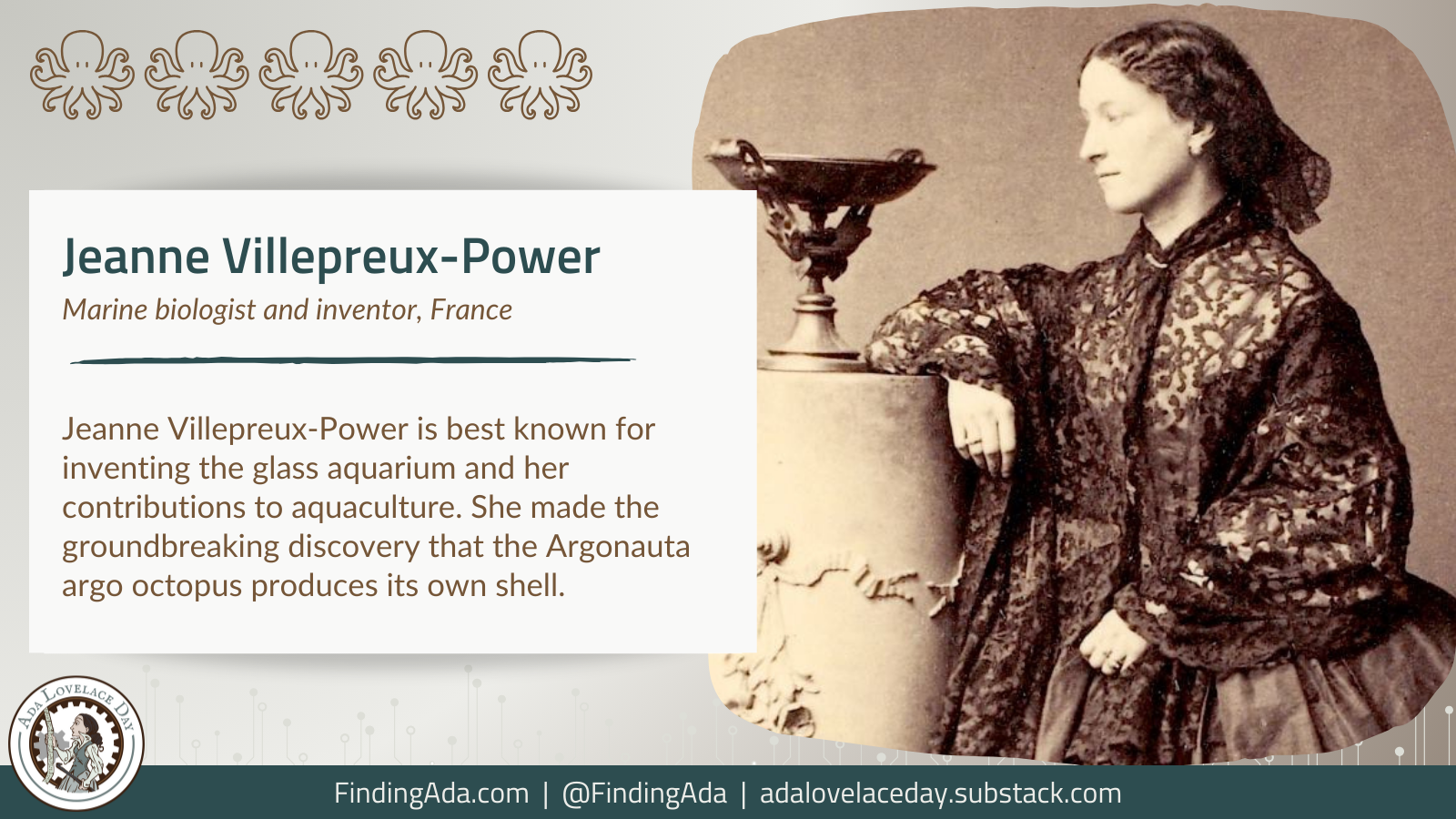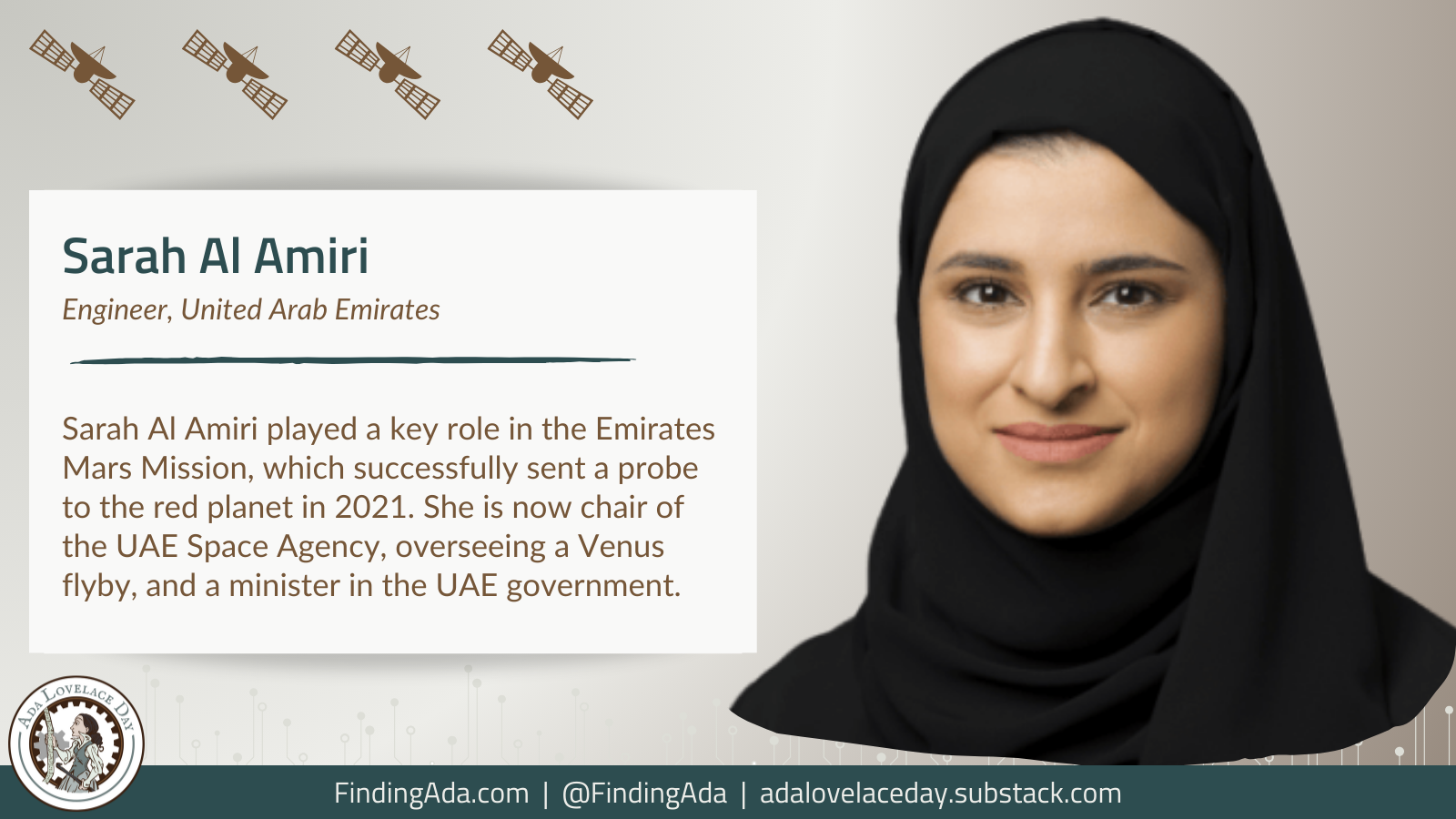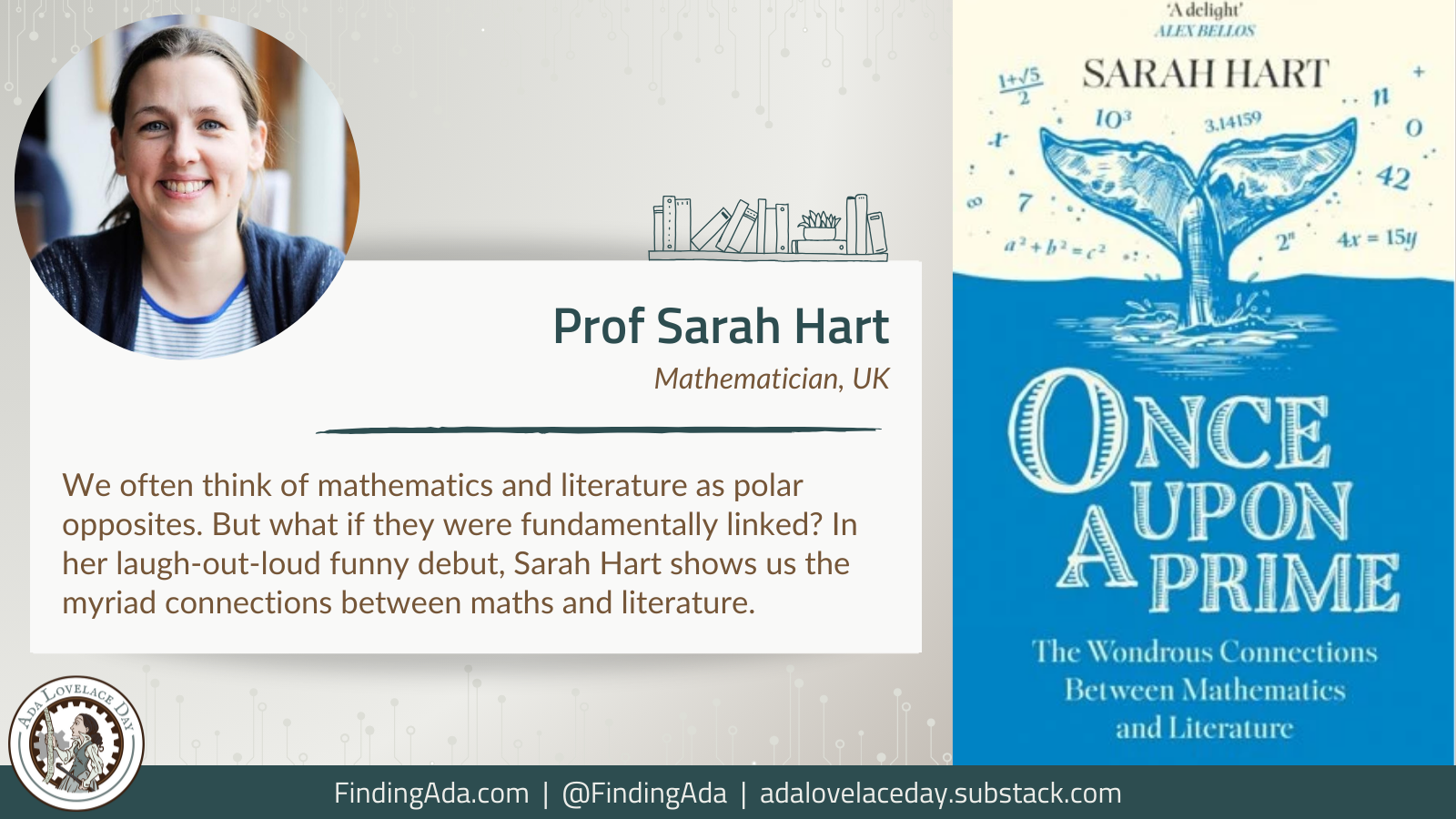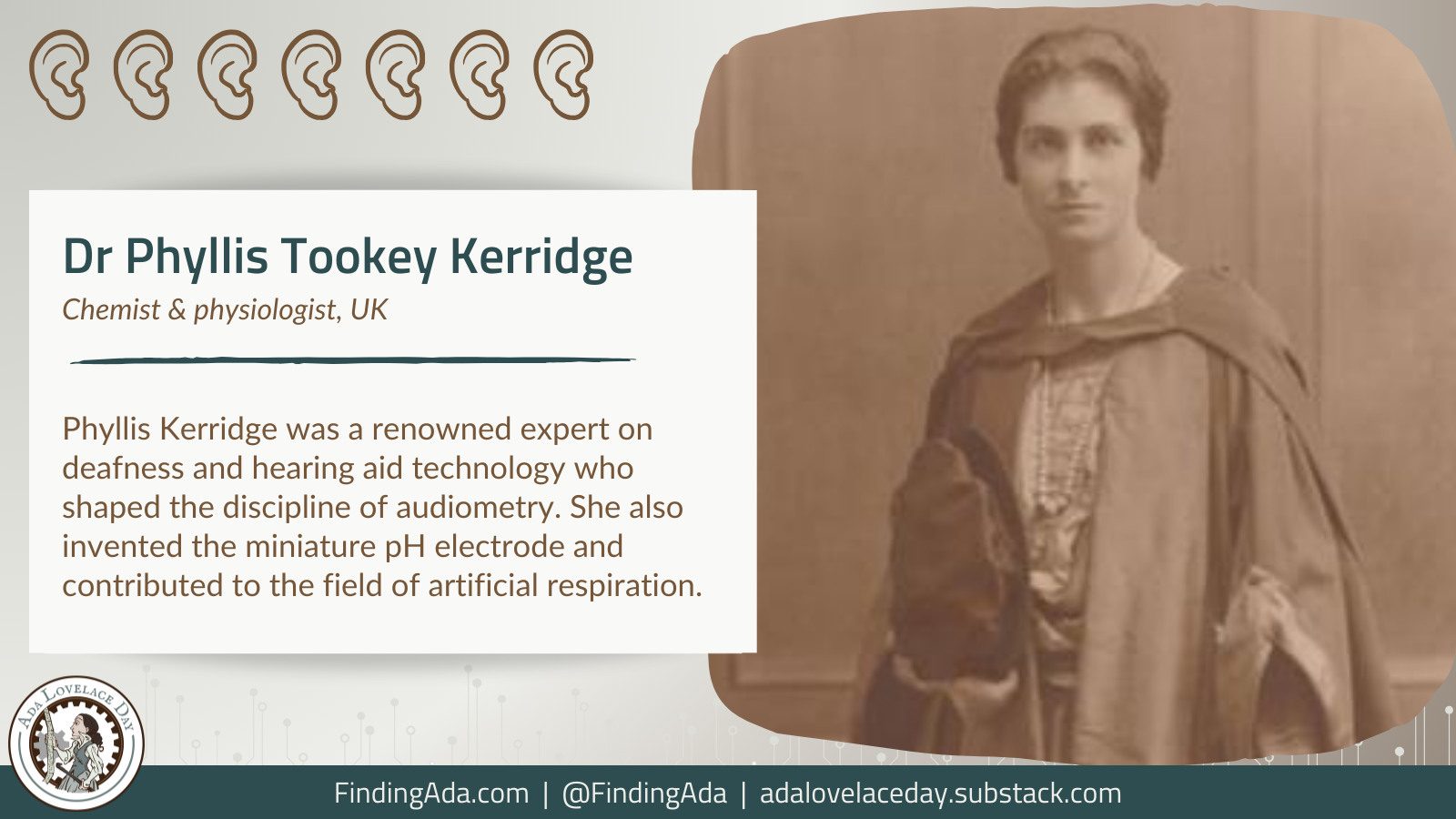
Professor Patrizia A Caraveo
Professor Patrizia A Caraveo is an astrophysicist and Director of Research at the Istituto di Astrofisica Spaziale e Fisica Cosmica (IASFC, the Italian National Institute for Astrophysics). Her research played a key role in the discovery and understanding of Geminga, a neutron star in the constellation Gemini, through multiwavelength astronomy. She has also worked on several international space missions, including Cos-B, INTEGRAL and NASA Swift.
Caraveo graduated with a degree in physics from the University of Milan in 1977. Her first decade of research, conducted at IASFC, was devoted largely to analysing and interpreting data collected from the gamma astronomy satellite COS-B, as well as X-ray astronomy.
In the 1980s and 1990s, Caraveo identified the pulsar Geminga through multiwavelength astronomy. She conducted this work with her partner and collaborator, the Italian physicist Giovanni Bignami. While the pulsar was first spotted by gamma-ray satellites in the early 1970s, it remained a mystery for years, not having been identified in visible light. Caraveo and Bignami picked up X-rays from Geminga using the powerful Einstein Observatory satellite in 1983, and in 1992 used data obtained by COS-B to work out that Geminga was 370,000 years old. At least one news report at the time assumed that Caraveo must be a male scientist, attributing this discovery to Bignami and “Patricio Caraveo”.
Caraveo and Bignami also co-authored research showing that Geminga had the key qualities of a neutron star, and was the closest known pulsar to the Earth. These investigations made use of a huge range of space and ground-based astronomy, pre-empting a surge in the study of unidentified X-ray sources by astrophysicists around the world.
Caraveo is currently Director of Research at IASFC, a position she has held since 2002. She is adjunct astronomy professor at the University of Pavia and has worked on several international space missions dedicated to particle physics, including the European INTEGRAL mission, the NASA Swift mission, the Italian AGILE mission and the NASA Fermi mission.
Her awards include the Bruno Rossi Prize of the American Astronomical Society (shared with colleagues in 2007, 2011 and 2012 for their work on the Swift, Fermi, and Agile projects); the Italian National Presidential Prize in 2009 for her contributions to understanding high-energy neutron stars; and the “Outstanding Achievement Award” from Women in Aerospace-Europe in 2014. She is a member of the 2003 Group for Scientific Research and 100 Women Against Stereotypes.
You can follow her work here:
Twitter: @CaraveoPatrizia
Further Reading
- Patrizia A. Caraveo, Wikipedia
- Biography: Patrizia Caraveo – Director of Research at the Italian National Institute for Astrophysics, Nasa
- WIA-E 2014 Outstanding Achievement Award for Dr. Patrizia Caraveo, WIA Europe, 11 February 2014
- Science: Only 120 light years to pulsar, Nigel Henbest, New Scientist, 6 June 1992
Written by Moya Crockett, with thanks to Stylist for their support.



